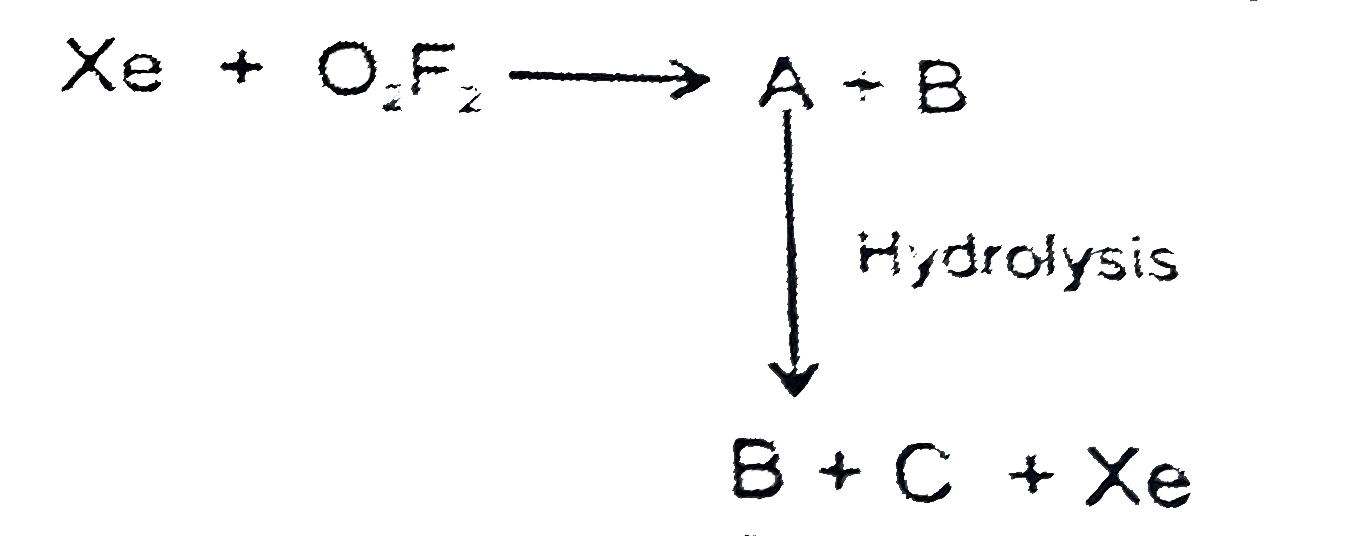NH4ClO4+NHO3→(A)+(B)Δ−−→(C) (neutral oxide)
The summation of number of lone pairs and atomicities of compound B and C is .
Text Solution
The correct Answer is:24
|
Topper's Solved these Questions
- P-BLOCK ELEMENTS (HALOGEN & NOBLE GASES)BOOK - RESONANCECHAPTER - P-BLOCK ELEMENTS (HALOGEN & NOBLE GASES)EXERCISE - APSP PART-2
21 Videos
- P-BLOCK ELEMENT (BORON AND CARBON FAMILY)BOOK - RESONANCECHAPTER - P-BLOCK ELEMENT (BORON AND CARBON FAMILY)EXERCISE - PART - III : OLYMPIAD PROBLEMS (PREVIOUS YEARS) STAGE - V (INTERNATIONAL CHEMISTRY OLYMPIAD (IChO)) Problem 3
8 Videos
- PERIODIC TABLE & PERIODICITYBOOK - RESONANCECHAPTER - PERIODIC TABLE & PERIODICITYEXERCISE - Advanced Level Problems
107 Videos
Similar Questions
Knowledge Check
The number of lone pairs of SF4 is
A1B2C3DNone of theseThe number of lone Pairs of NH3 is
A1B2C3DNone of theseThe number of lone pair present in N-atom in NH+4 ion is
AzeroB1C2D3
NH4Cl+HNO3→HCl+(A),<br>(A)Δ−−→(B)
(A) and (B) are:
View SolutionThe number of lone pair in C3N3Cl3 is
View SolutionBr2+F2 (excess)→A Hydrolysis−−−−−→ B+C
The summation of atomicities of compound A, B and C is :
View SolutionThe number of lone pair present in N-atom in NH+4 ion is
View SolutionThe oxidation number of nitrogen atoms in NH4NO3 are :
View Solution

